- Home
- slideshows
- miscellaneous
- Here are 13 things you should do before you buy a car
Here are 13 things you should do before you buy a car
1. Find out if the car has been recalled

2. Vet the body condition
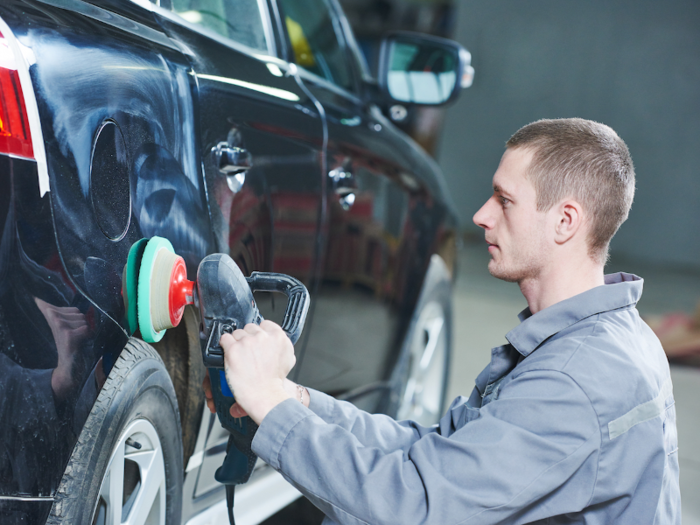
Make sure the car's body is thoroughly inspected, either by you or by a mechanic, including every panel and the roof, to see if there are any rust spots, dents, or scratches. Do the lines of the fenders and doors match up? If not, it could indicate previous damage and poor bodywork, according to Consumer Reports.
Chris Basso, public relations manager at vehicle history report provider Carfax, told Business Insider that other signs of previous damage include doors and windows that don't open and close smoothly and non-uniform gaps between the hood and/or trunk and the rest of the car.
3. Inspect the color
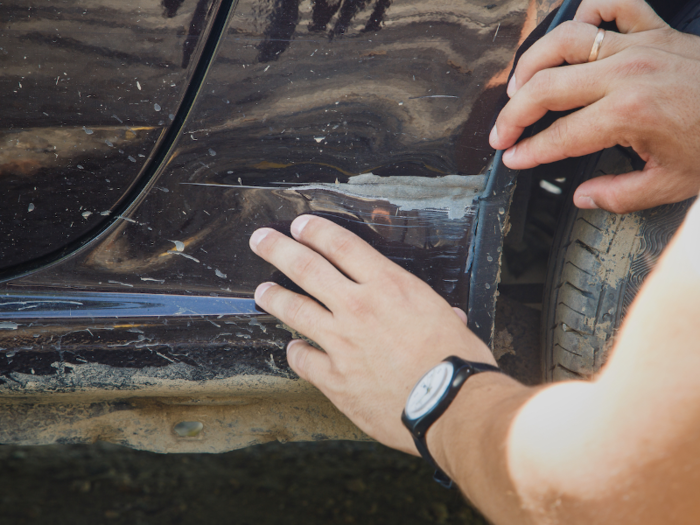
Another hint that a car has had bodywork done is a panel that doesn't quite match the rest of the car in terms of color and finish, according to U.S. News. Take a look during daylight hours in bright sunshine to determine if the paint looks off anywhere.
Basso also said to look for paint overspray on nuts and bolts under the hood and different paint thicknesses around the car (you can use a tool called a paint meter to determine this).
4. Run a vehicle history report
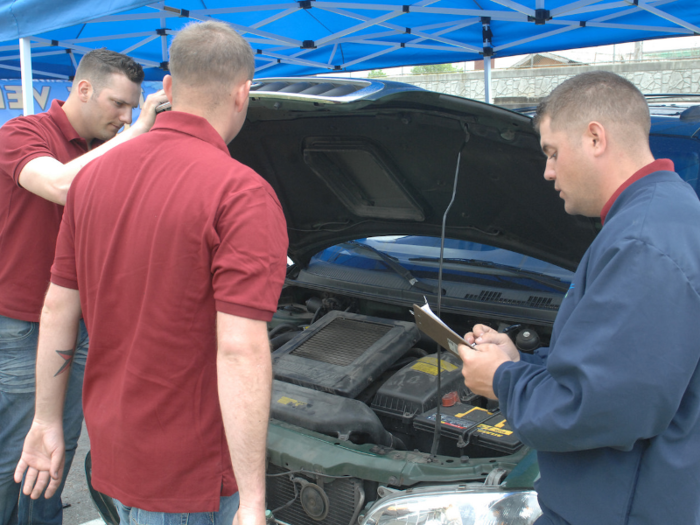
By running a vehicle history report through companies like AutoCheck or Carfax, you can find out if the car has previously been in an accident or had flood damage.
It will also tell you if the odometer has been tampered with to give the car the appearance of having less mileage, according to Time.
5. Check all the glass
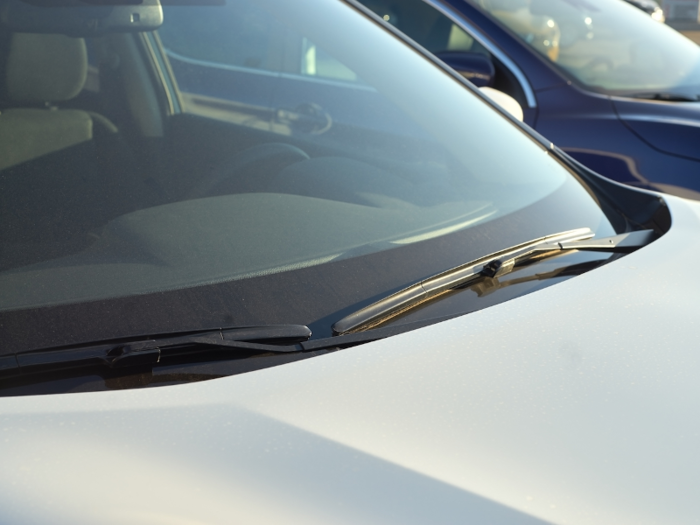
If there are cracks or other dings on the windshield or windows, that is concerning, as such issues could get worse over time, according to Consumer Reports.
Something as small as a chip may not be a big deal, but should be mentioned during negotiations in hopes of reducing the price of the vehicle.
6. Look for leaks
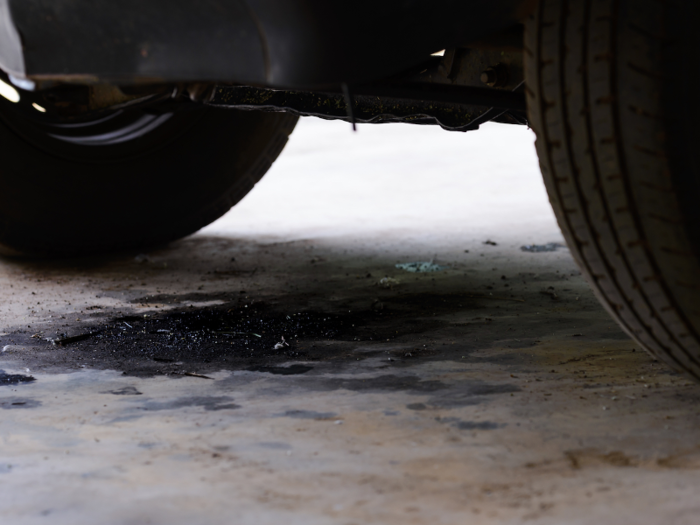
A quick and easy — but important — test of any vehicle is to see if it's leaking oil, whether onto the ground or on the engine block, according to U.S. News. If you see spots of oil on the ground, try to identify exactly where they're coming from.
7. Inspect the interior
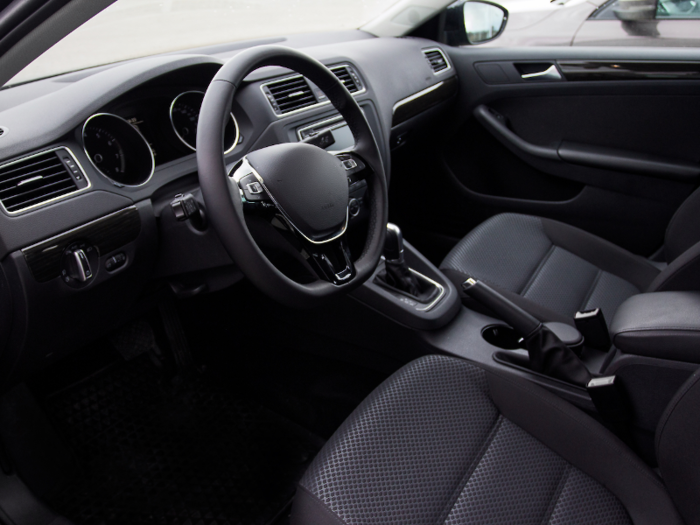
Odors, ripped upholstery, a sagging roof liner, and worn-out pedals are things to look for when examining a car's interior, according to Consumer Reports. Also make sure to run the heating, air-conditioning, and stereo to see if they work properly.
8. Listen closely as you test-drive the car

Always take the vehicle for a test drive. While doing so, make sure the radio is off so you can listen to what the car is telling you. If you hear whining, humming, or thrumming anywhere, it could indicate an issue, according to U.S. News.
9. Ensure that the car drives smoothly

During your test drive, also pay attention to how well the car drives, according to U.S. News. Make sure it steers straight, brakes smoothly, and shifts easily between gears.
10. Look for clues of flood damage
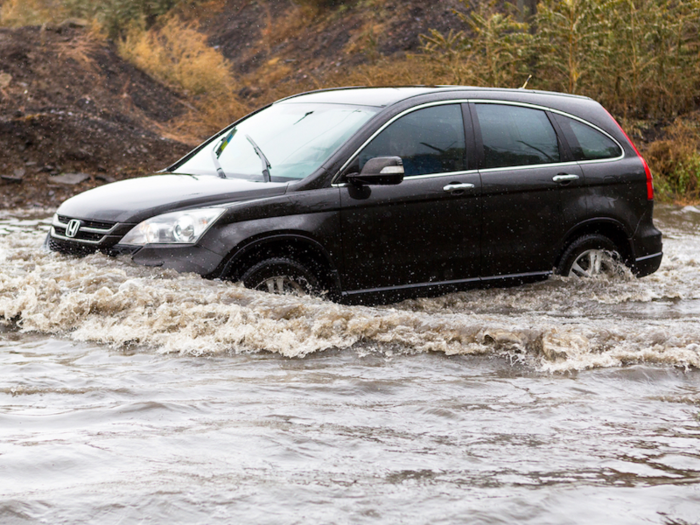
Basso said that recent incidents of historic flooding and severe storms, like Hurricane Harvey and Hurricane Florence, caused thousands of vehicles to become submerged — "many of which get cleaned up and resold," he said. "In fact, there's almost half a million previously flooded cars that are back on the road."
Do some detective work to find any signs of flood damage, because a car that's been flooded will have major issues — such as ruined mechanical systems and electronics, according to Consumer Reports.
Look for moisture in the headlights and taillights, check the carpets and upholstery for mold or water stains, and take a sniff for any musty smells. Basso also suggested keeping an eye out for rust on metal parts (seat rails, steering column, pedals, etc.) as well as silt or mud in the nooks of the trunk.
11. Test the suspension

Is the car standing level? Does it rebound only once if you bounce each corner up and down? These are signs that the car's suspension is in good shape, according to Consumer Reports.
Also pay special attention while test-driving the car, Basso said. "If, during the test drive, something seems off with the handling or the ride is bumpier than it should be, it could mean previous damage," he said. "More important, it also may be an indicator of structural damage, which can be dangerous if not properly repaired."
12. Do the magnet test

To check if the car has had previous bodywork that wasn't disclosed to you, bring a small magnet and run it along all the metal panels (without touching the paint), U.S. News reported.
The magnet should feel evenly pulled toward the metal throughout the exterior. If the pull lessens, there could be body filler inside, indicating past bodywork from damage.
13. Take it to a mechanic
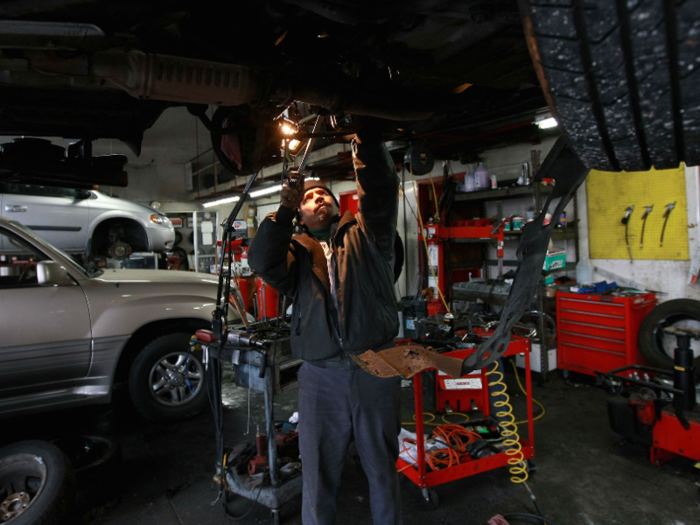
Once you've given the car a once-over, take it to your mechanic for a professional inspection. Let your mechanic know anything about which you are concerned and let them go over the car. If there are any major issues, you can either walk away from the car or go back to the seller and adjust the price.
Popular Right Now
Advertisement